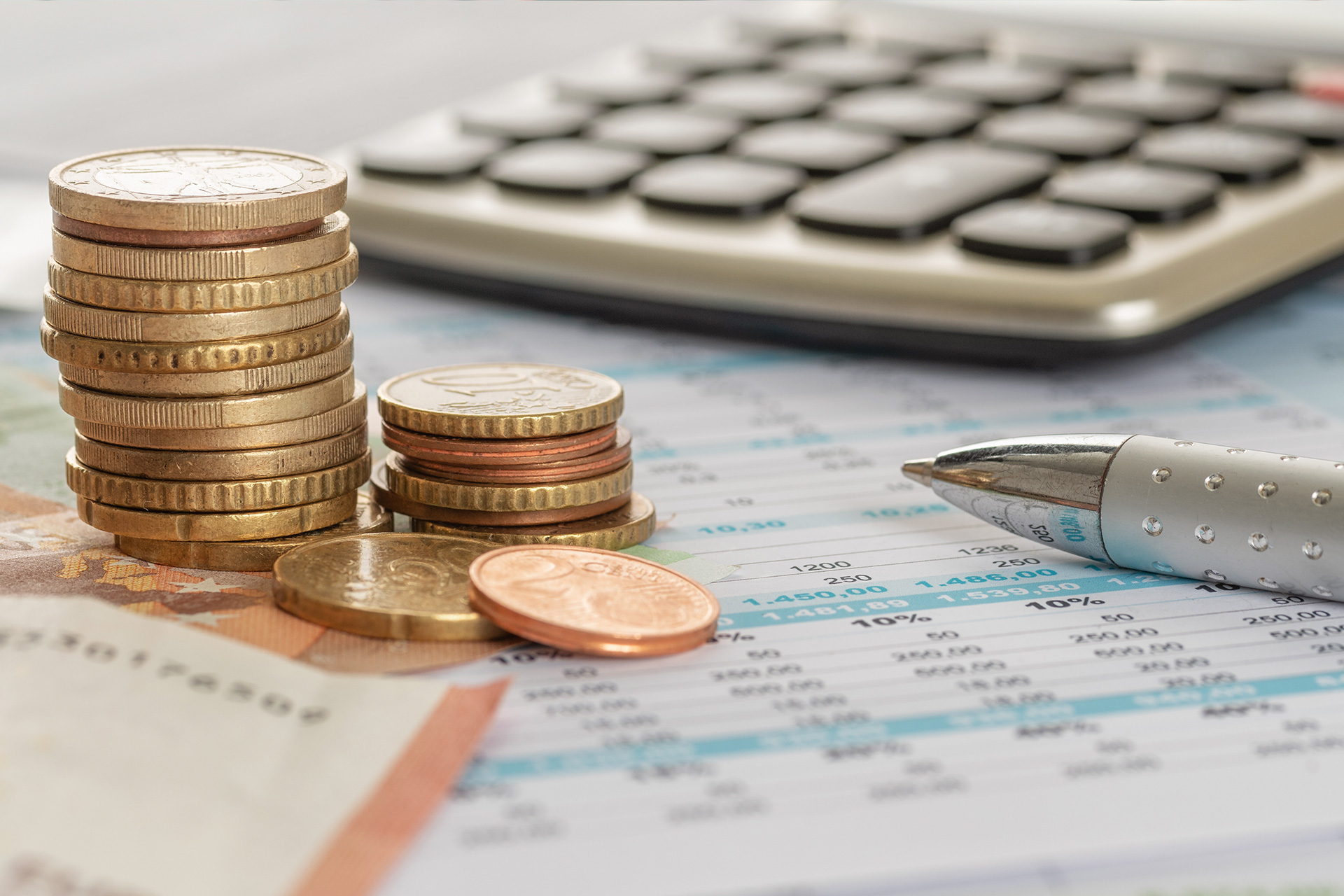What is GDP and why is it important in economics?


GDP, which stands for “gross domestic product”, is probably one of the most commonly used terms in economics. Here, we shall learn its meaning and why it is so important.
Countries have different parameters with which they measure their economy and compare it with other nations. One of the most important is gross domestic product, better known by its initials, GDP. This economic indicator reflects the monetary value of goods (from food products to vehicles, machinery and textiles) and services (such as health care, education, etc.) produced in the country over a certain period of time. It does not matter whether the public or private organisations producing them are local or foreign, the requirement is that the final good or service must have been produced in the country in question.
Imagine that we are calculating the contribution of the textile industry to the GDP of a given country, for example, Colombia. For this, we review all the data for the Colombian textile industry. Although a manufacturer may purchase zip fasteners outside the Colombian borders, only the final product that it puts on the market, i.e. the garment itself, will be counted as a unit.
Thus, using this measure, we can assess the growth of private consumption, investment, public spending and the trade balance, which we can calculate by subtracting imports from exports. In this way, if we have a country with a positive GDP growth, we can interpret this to mean that it is experiencing a situation of economic growth, which encourages investment, the creation of employment, etc. On the other hand, if GDP growth is negative, it means that the nation in question is going through a period of economic stagnation or even recession, if this figure is negative for two consecutive quarters.
GDP is calculated by the competent public institution in each country, usually on a quarterly basis, although it is usually evaluated annually. For example, in Mexico it is analysed by the National Institute of Statistics and Geography, known as INEGI, and in Spain, by the National Institute of Statistics (INE). However, supranational bodies are responsible for auditing the data provided by each country in order to confirm their veracity. In the case of the European Union, this is the European Statistical Office, known as Eurostat.
It should be noted that this figure is the best possible approximation, as there are certain data which are not recorded, and hence not included. That would be the case of things we produce for our own consumption (for example, when people grow their own vegetables and consume them) or the informal economy (made up of transactions that are not reported to the competent bodies).

What are the most common types of GDP?
When we talk about gross domestic product, we can distinguish two types. On the one hand, there is nominal GDP, which represents the monetary value of the end products and services considering the prices set during the period analysed. This results in it being calculated taking into account issues such as inflation.
As opposed to nominal GDP, there is real GDP. It is based on constant prices for products and services, eliminating any effects caused by price changes.
Finally, it is common to hear about GDP per capita. This indicator is obtained by dividing the GDP of a given country (usually nominal GDP, i.e. with current prices rather than constant prices) by the number of inhabitants of that country. This gives us a figure that reflects the level of income of a population at the national level. However, this is a figure that gives rise to debate because it ignores the unequal distribution of income.
Want to learn more about GDP? One easy way is to read this article from Tu Futuro Próximo, the Santander Consumer Spain blog (in Spanish).
How can a country increase its GDP?
Growth in a country’s gross domestic product is generally a positive sign that its productive activity and thus its economy are moving in the right direction. However, it is essential that the goods and services leading to this growth can continue to sustain it in the long term.
In order to boost GDP, there are various formulas that can contribute. For example, the national government may propose public spending policies such as investment in infrastructure, innovation or research. Other growth drivers include increased exports to facilitate the opening of new international markets, the guarantee of legal certainty, low interest rates, etc.
Is GDP a measure of happiness? Find the answer in this Finanzas para Mortales article (in Spanish).







